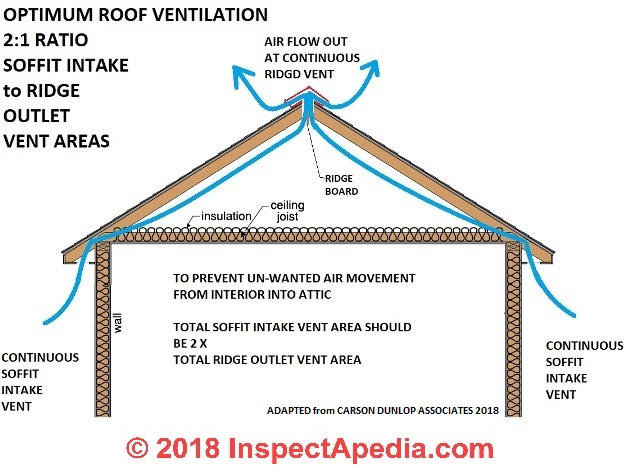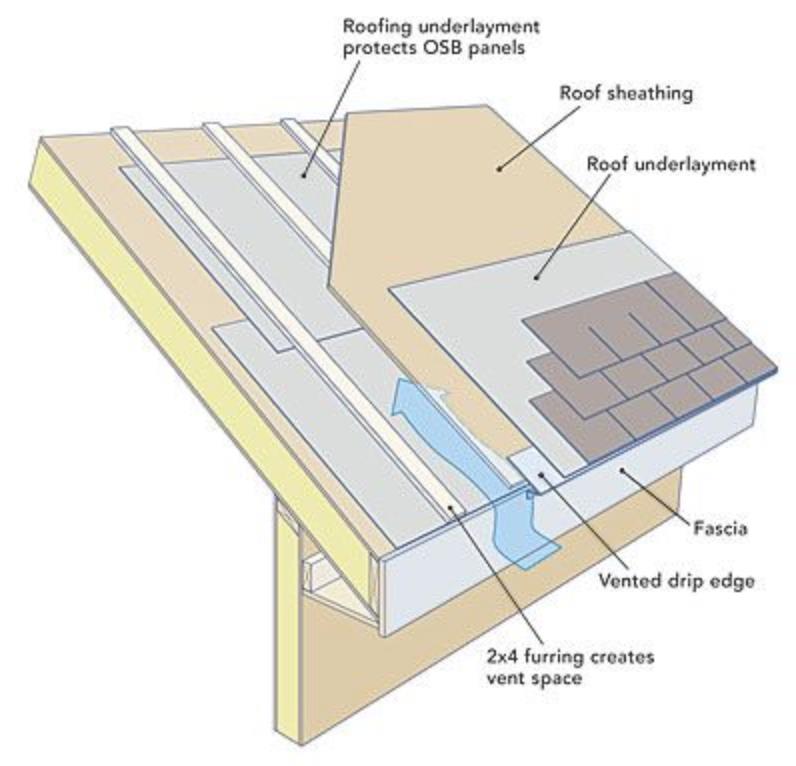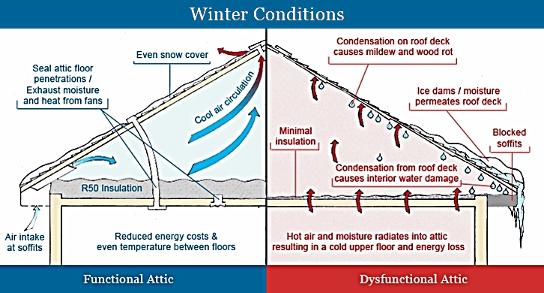Once a high efficiency condensing furnace removes this excess heat that conventional furnaces vent to the outside of a home the leftover mixture is acidic water.
High efficiency furnace venting freezing at roof vent.
It uses a venting system to extract that heat before venting.
What is vented is a residual corrosive condensate of water and carbon dioxide.
Since it takes less energy to move the cooled exhaust horizontally he furnaces typically exhaust to the side of a building rather than the top.
This vent pipe is connected to the shared vent stack with the furnace.
This combination of carbon dioxide and water would damage the type of vents used in conventional systems which run vertically out of a home.
Due to the condensing nature of a high efficiency furnace its venting must be made of a material that is resistant to corrosion.
If your furnace has an afue rating of 90 percent or above it will have a flue pipe that goes out of the side of your house.
It s a high efficiency gas furnace and that s the exhaust vent.
If your furnace has an afue rating below 90 percent it will most likely have a flue pipe that goes up through your roof.
When exhaust gases discharged from a high efficiency furnace exhaust vent meets the cold air the air condenses faster than conventional furnaces because it is cooler.
This residual liquid is highly acidic.
There is a disconnection at the elbow.
A high efficiency condensing furnace can achieve efficiency ratings of 90 or above.
As the gases are cooler pvc cpvc or abs piping can be used to carry the exhaust to the outside.
Cloth duct tape is not permitted to be installed on fuel burning appliance vent pipes.
The gas vent pipe from the water heater tank is improperly sloped.
That s because the combustion byproducts are in a gaseous form so the gases can float up through the flue pipe and out of your roof.
In a great majority of cases plastic piping is used to vent high efficiency equipment.










